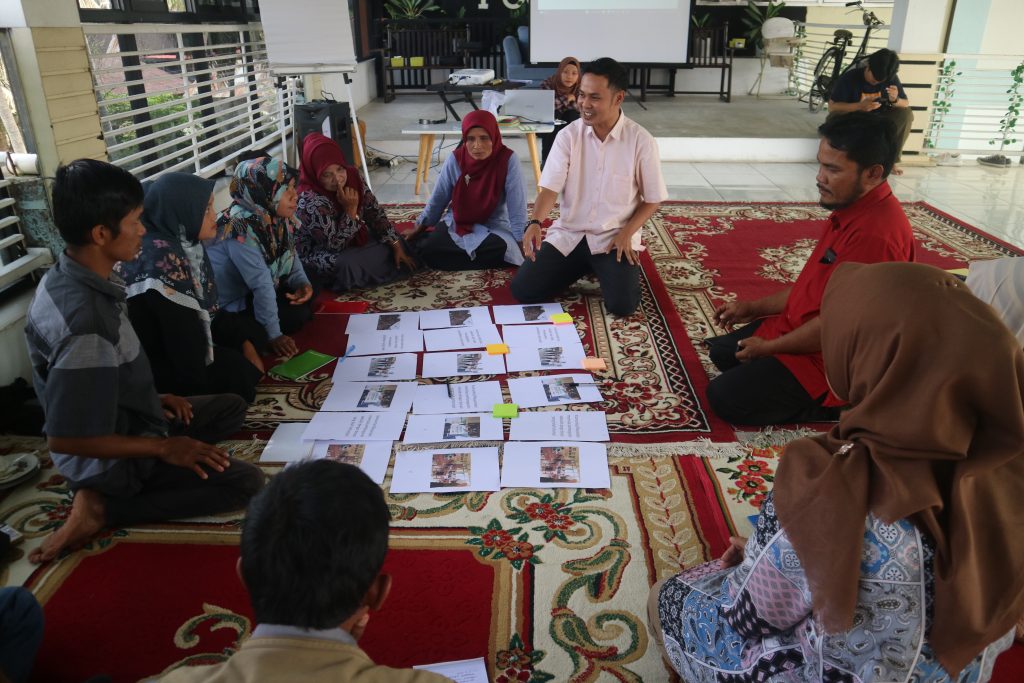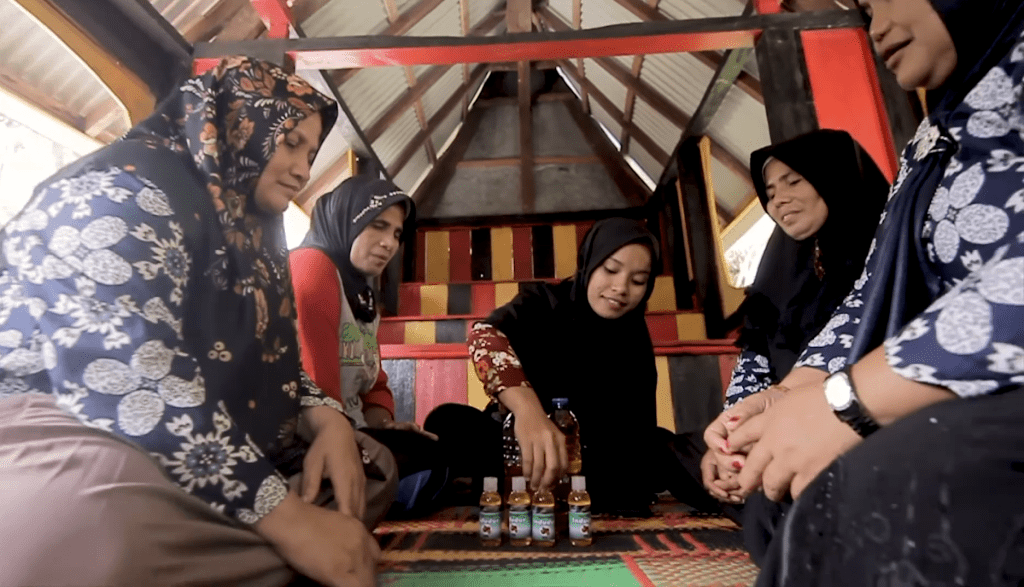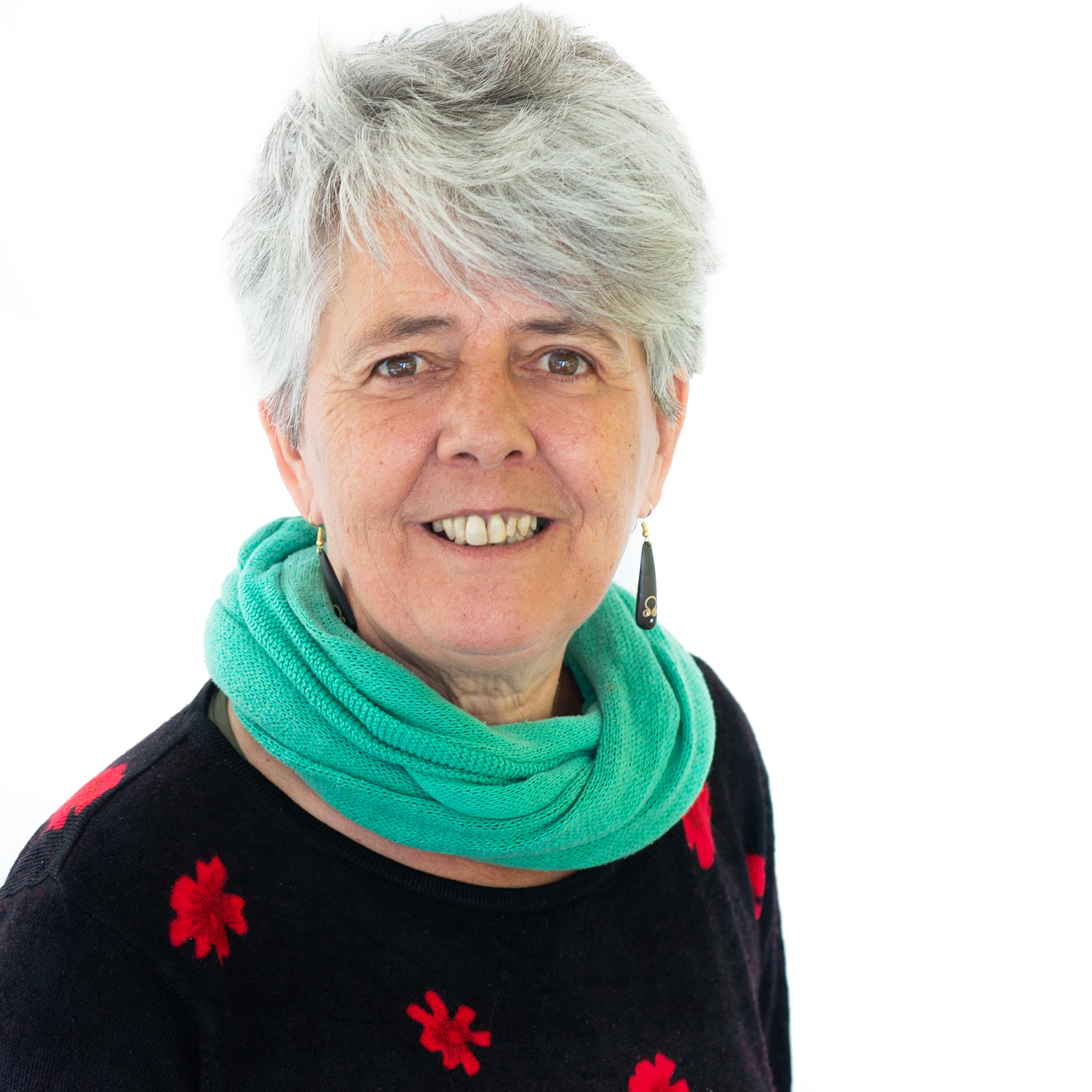This is what the economy of the Amazon…
10 July, 2024
Friday 14 july 2023
Header photo: The team of KKI Warsi in the forest © Ruud Bisseling / IUCN NL
Indonesia, like the other countries in Southeast Asia, is facing a dual challenge[2] Amit Prakash, 2018, ‘Boiling Point’, https://www.imf.org/en/Publications/fandd/issues/2018/09/southeast-asia-climate-change-and-greenhouse-gas-emissions-prakash. The country does not only have to adapt to climate change caused largely by greenhouse gasses emitted over decades by advanced economies, it also must alter its own development strategies that are increasingly contributing to global warming and local disasters.
One way to mitigate climate change is to halt deforestation for the production of palm oil and pulp for paper, for urban expansion and for mining and infrastructural works. From 2001 to 2021, Indonesia lost 2.84Mha of tree cover from fires and 25.7 Mha from all other drivers of loss resulting in large greenhouse gas emissions and putting valuable ecosystem services at risk. The negative environmental consequences of tropical deforestation and the fragmentation of forests are far-reaching and long-lasting.
Indonesia has the third largest tropical rainforest in the world. The forests harbour a rich flora and fauna and important ecosystems and have social and economic functions for human life. The forests provide many Indigenous Peoples and local communities (IP&LCs) with livelihood sources (such as water for rice fields, non-timber forest products like honey, nuts, and rattan), that are the cradle for the culture and identity of the IP&LCs, and give protection against natural disasters resulting from climate change (such as flash floods and landslides). However, having no territorial rights, many IP&LCs risk being deprived of their livelihoods and their capacity to effectively and sustainably manage their forests. To halt deforestation and to improve the welfare for forest-dependent communities, the Government of Indonesia introduced a Social Forestry programme (see below).
In 2016, the national government pledged to massively boost the area of forest land managed by communities – from 1.7 million hectares to 12.7 million hectares – in the following five years. As of August 2021, the government has granted land titles for 4.7 million hectares of state forest under the program.
Despite their unique value for biodiversity and climate, Indonesia’s forests are under threat from industrial agriculture, extractive industries and infrastructure development, which result in the destruction of forests, including their biodiversity, and in many cases lead to the confiscation of lands used by IP&LCs. To address the problem of forest loss, the Government of Indonesia introduced a social forestry programme under which IP&LCs can acquire a 35-year management permit.
The programme not only aims to protect forests, but also to improve the welfare for forest-dependent communities.
The Social Forestry programme provides an opportunity to ensure that forest-dependent communities are empowered to lead sustainable and effective adaptation to climate change at the local level (locally led adaptation – LLA).
These principles for locally led adaptation were developed by the Global Commission on Adaptation and were endorsed by 100 organisations.
Since 2011, IUCN NL has supported KKI WARSI as one of the front-runners among Indonesian CSOs to realise social forestry permits for IP&LCs, and to engage with the government to improve the policy framework and to simplify the procedures.
Acquiring a social forestry permit is the first step and in most cases a long and complicated bureaucratic process. Without support from organisations like KKI WARSI, it is nearly impossible for local communities to obtain such a permit.
Once a community has acquired a social forestry permit, it has to establish strong and effective institutions that govern access to forest resources and formulate formal rules at the village or community level. It has to establish a village forest management group (VFMG) that must develop a work plan for the forest management and seek approval from the different parties in the communities (LLA Principle 1). To this end the VFMG may invite the community for critical discussions to see the benefit of the forests and the impacts of deforestation and climate change – landslides in the rainy season and lack of irrigation water in the dry season (LLA Principle 5).
Another task of the VFMG is to patrol the forests to prevent illegal activities. Although there is more sense of ownership and social control in the community forests, illegal activities, like logging and mining, still occur. This is particularly the case in large forest areas that are hard to continuously monitor on the ground. In e.g. Sirukam, West Sumatra the forest area covers more than 3900 ha. In this village forest and in other community forests in West Sumatra, IUCN NL facilitated Rainforest Connection to place solar-powered upcycled smartphones high up in the trees. This so-called Guardian sends a signal to the forest guards when it picks up the sounds of poachers and illegal loggers.
The communities are supported in their need for capacities, incentives and resources to sustainably manage and use their community-titled forests (LLA Principle 4). Village enterprises are established for processing and marketing crops and non-timber forest products (NTFPs). Examples are the planting of agroforestry crops with high economic value, such as coffee, and collection of NTFPs such as rattan, candlenut and honey.



Community-based organisations (CBOs) – VFMGs, Village Enterprises and Women Groups – that are working in the context of sustainable forest management, are encouraged and trained to mobilise local support (e.g. fundraising, advocating for government extension services) for their work (LLA Principle 3). KKI WARSI invites women organisations to train local facilitators in implementing Feminist Participatory Action Research aimed at creating new forms of collaborative relationships essential to empower women, to amplify their voices and foster women leadership (LLA Principle 2). In the targeted villages, a change in the structure of the CBOs can be observed. Previously they were dominated by men and the elderly, now more and more women and youth are actively involved.
KKI WARSI is facilitating meetings between CBOs in the same landscape to build networks and learning systems. For local and national CSOs, a platform has been developed to share knowledge and experience in conducting sustainable natural resource management and LLA.
Finally, KKI WARSI is addressing the possibilities and obstacles currently faced by local governments in tackling the impact of climate change. Local governments often lack capacity and resources and need the extra support of communities and nongovernment actors – as equal partners – in order to be more effective. Through the sharing of lessons learnt, models and updates from the field, KKI WARSI is advocating for sub-national government departments (provincial, district, sub-district and village level) to elaborate and agree on locally-led landscape management practices in the light of climate change and on the provision of support to village enterprises and IP&LC sustainable forest management. Village governments are supported in the development of a shared vision and a strengthened role in the perspective of regional development and the impact of climate change.
Up until now, IUCN NL has supported Indonesian CSOs under different programmes to secure the rights of communities to sustainably manage their forests and to empower CBOs to develop their own economic and cultural models to adapt to the impact of climate change (LLA Principle 6).
Climate and biodiversity funds should be made available to support competent organisations like KKI WARSI in its facilitation of IP&LCs to acquire a social forestry permit and to empower forest dependent communities to lead sustainable and effective adaptation to climate change at the local level.
IUCN NL contributes to more sustainable and inclusive management of tropical forests that supports climate mitigation and adaptation, human rights, and the livelihoods of local communities. This is done through the Forests for a Just Future program, together with civil society organisations like KKI Warsi.


| ↑1 | Climate Risk Profile: Indonesia (2021), The World Bank Group and Asian Development Bank https://climateknowledgeportal.worldbank.org/sites/default/files/2021-05/15504-Indonesia%20Country%20Profile-WEB_0.pdf |
|---|---|
| ↑2 | Amit Prakash, 2018, ‘Boiling Point’, https://www.imf.org/en/Publications/fandd/issues/2018/09/southeast-asia-climate-change-and-greenhouse-gas-emissions-prakash |